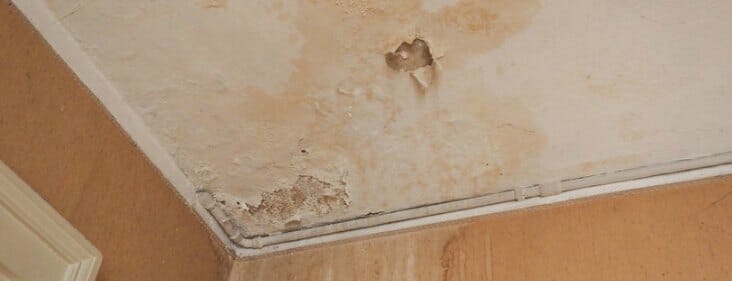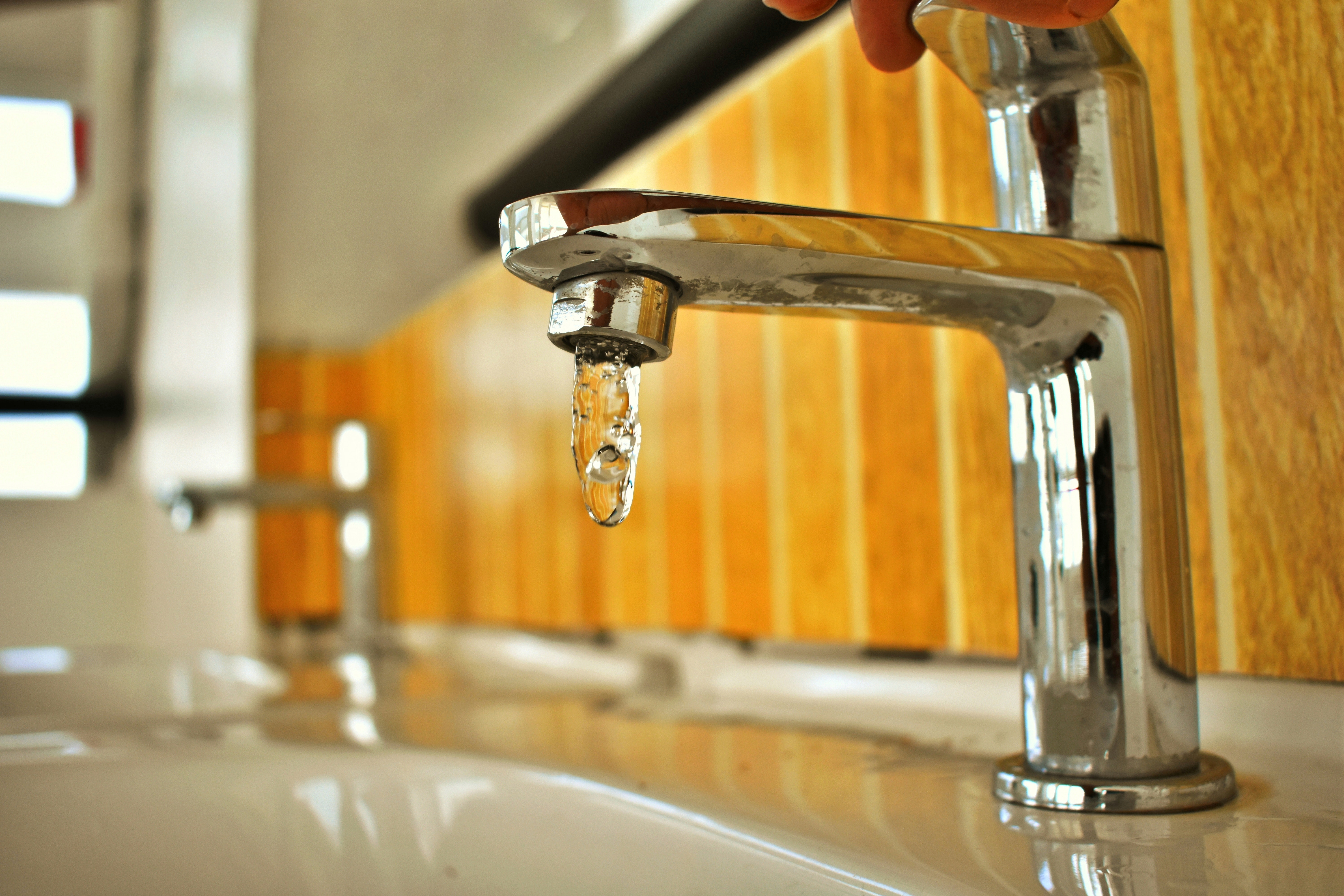Detecting and Handling Bathroom Water Leaks: Key Insights
Detecting and Handling Bathroom Water Leaks: Key Insights
Blog Article
Each person has got their own individual theory on the subject of How to Detect and Fix a Bathroom Leak.

Shower room leakages are frustrating as they disrupt your day's plan. They vary in seriousness depending upon the resource of the leakage. Yet, you must prioritize them, as they can rapidly get worse. So, it is a relief that most bathroom leaks are very easy to find and repair, with minimal cost ramifications.
Having a water leakage in restroom can be demanding to the house owner. The article offers as a "first aid" when you require an emergency feedback to a water leakage in shower room.
Discovery as well as Repair Work of Water Leak in Restroom
Water leakage in washroom frequently results from pipes and pipe faults. You might need a standard understanding of these leakage kinds to detect the water leak in washroom.
Splash Leaks
These commonly arise from water splashing on the restroom floor from the bath tub. It issues of using a poor shower curtain or worn tub cellular lining. It harms the washroom flooring and also may trigger rot to wooden floors as well as shower room doors. The water generally swimming pools around the bathtub or shower. This may result in worse shower room damages without timely handling.
What to Do
If the leakage has actually damaged the restroom flooring or door, you might need to alter these to avoid further damages. The excellent news is that you can include a plumbing expert to aid with the bathroom repair.
Commode Leaks
Sometimes, water leakages from the bathroom and swimming pools around the commode base. It is an eyesore in the bathroom and also needs prompt interest.
What to Do
If there are loose screws in between the cistern and commode, you only require to tighten them. Sometimes you might require to reapply wax on the gasket or employ a restroom leakage expert to replace worn or broken components.
Clogged Bathroom Sinks
Often, the water leakage in restroom arises from sink clogs. This is commonly a nuisance to house owners and may be undesirable. Blockages may result from the accumulation of soap residue, hair fragments, or debris that block the drainpipe. It is easy to take care of clogs, and also you may not require professional skills.
What to Do
You can make use of a drainpipe snake to remove the debris in the drain as well as allow the stationary water circulation. Drain cleaners are likewise readily available in stores and also are easy to use. A bettor is additionally useful in clearing your drain. It is a typical house device and comes in useful in removing frustrating obstructions in sinks and also drains pipes.
Conclusion
Water leaks in the bathroom are avoidable occasions in the residence. Maintenance and routine checks help to keep every little thing in tip-top form. Yet, you can never ever be too mindful, and these events still occur. When they do, repair them promptly, or engage the solutions of a professional.
The short article offers as a "very first aid" when you require an emergency situation response to a water leakage in washroom.
Water leakage in shower room frequently results from pipes as well as pipe faults. You may need a basic knowledge of these leakage kinds to spot the water leakage in washroom. It damages the bathroom flooring as well as may create rot to wooden floorings as well as washroom doors. In some cases, the water leakage in restroom results from sink obstructions.
5 Ways You Can Tell There's Water Leaking In The Bathroom
Mold and mildew
The presence of mold or mildew is a big indicator of a water leak. It's not unordinary to see mold or mildew in parts of your bathroom where water accumulates, like showers and sinks, but it's a problem if you notice it growing in other places. Mold grows in places that are moist and dark so it can point you to hidden water leaks.
Read More: https://www.housedigest.com/927314/ways-you-can-tell-theres-water-leaking-in-the-bathroom/If you notice mold or mildew growing on bathroom walls, floors, or ceilings you should be concerned. Other than pointing you in the direction of a potential leaky pipe behind your walls or under your floors, mold is dangerous to your health, according to The Waterworks. Mold can cause an allergic reaction with symptoms like watery eyes, runny noses, sneezing, headaches, and difficulty breathing. Since mold is not only unsightly to look at, but a health hazard it's important to take care of the leak as soon as possible so the mold can be cleaned before it spreads.
Read More: https://www.housedigest.com/927314/ways-you-can-tell-theres-water-leaking-in-the-bathroom/Damaged walls or floors
Unexplainable damage to your bathroom walls and floors is another sign of water leaking. If drywall gets wet it will crumble, bubble, and even warp or break apart. Before you notice your drywall deteriorating you may see the paint blistering or chipping off the wall. Or if you have wallpaper, it will begin to peel off when wet and show water stains.
Read More: https://www.housedigest.com/927314/ways-you-can-tell-theres-water-leaking-in-the-bathroom/Unstable toilet
When you sit on your toilet does it wobble? If it is unstable your toilet potentially has a flange leak, according to The Pink Plumber. Toilets are supposed to sit stable on the bathroom floor and should never be able to be moved around. There are screws that keep the toilet secured down to the floor and a wax ring that connects the toilet to the waste pipe. The wax ring creates a water-tight seal so nothing leaks when water and waste are moving through the toilet. If the wax seal is damaged or worn down it will no longer provide the proper seal, causing a flange leak and allowing wastewater to seep out.
Read More: https://www.housedigest.com/927314/ways-you-can-tell-theres-water-leaking-in-the-bathroom/Wet bathroom cabinets
Wet bathroom cabinets are a sure-fire way to tell if you have a water leak in your bathroom. When your cabinets are wet it is likely because of leaks from sink faucet or water supply lines. You will know that your cabinets are damp if you see any water stains inside the cabinets. If it is a leak from a water supply line The Pink Plumber explains that you will see water dripping out from the connectors or even puddles in the cabinets.
Read More: https://www.housedigest.com/927314/ways-you-can-tell-theres-water-leaking-in-the-bathroom/https://www.housedigest.com/927314/ways-you-can-tell-theres-water-leaking-in-the-bathroom/

We hope you enjoyed our excerpt about How to Check for Bathroom Leaks. Thank you so much for taking the time to browse our article post. Kindly take the time to promote this article if you enjoyed it. Thank you for your time. Come back soon.
Plumbing SOS? Dial! Report this page